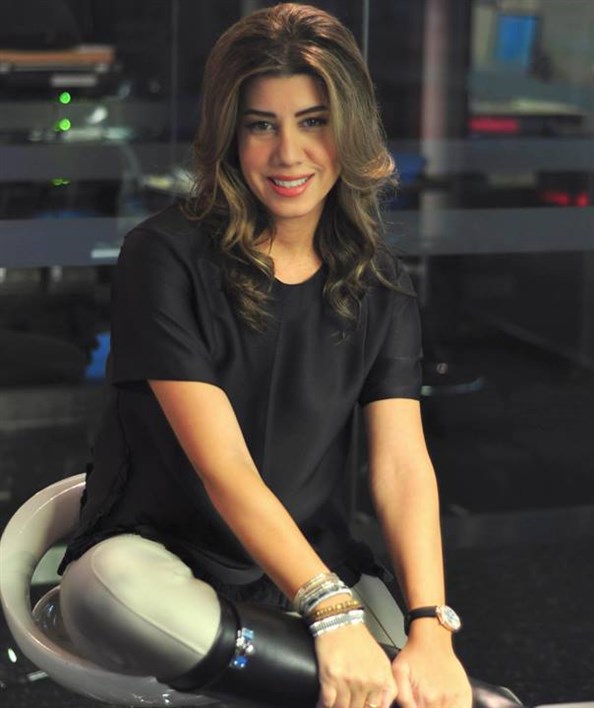By Ayda Erbal
Special to the Mirror-Spectator
BEIRUT — For the first time in nine years, after being deferred for five years for security reasons, Lebanese elections were held on May 6 and brought victory to the Hezbollah party and its allies.
This was an election with many changes, challenges and novelties including the new electoral law which introduced, for the first time, elements of proportional representation.
First proposed by then Interior Minister of Najib Mikati’s government Marwan Charbel in 2011, a new law was ratified in June 2017 to allow Lebanese expatriates to vote for the first time in the country’s history. Even though there are up to a few million Lebanese citizens abroad, the state-run news agency set the number of registered voters close to 83,000, with expat Lebanese registrants in Arab countries numbering approximately 12,600. They voted on April 27 and 29 – a week before their compatriots in the homeland.
The candidates in these elections ranged from old establishment candidates, their sons, daughters or other close relatives and representatives of established political parties, to a new generation of political activists who were set to challenge this old and new-old status quo. The other welcome and extreme change was in the numbers of female candidates who almost dectupled their numbers from 12 in 2009 to 111 in 2018. As a matter of fact, out of 86 women in the final elections list, 6 women, including one Armenian, the TV anchor Paula Yacoubian, who ran as part of the coalition of independents Koullouna Watani, were elected.








